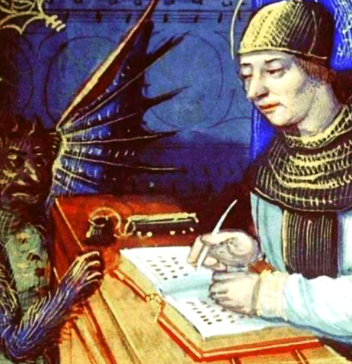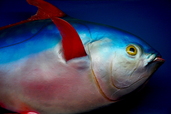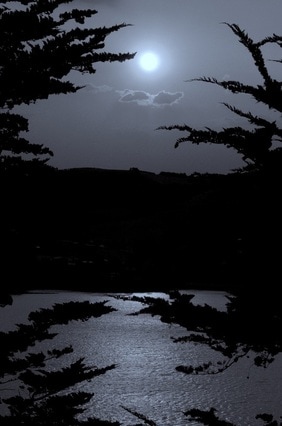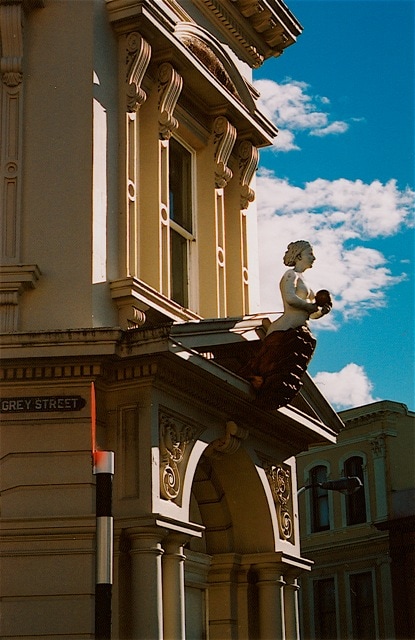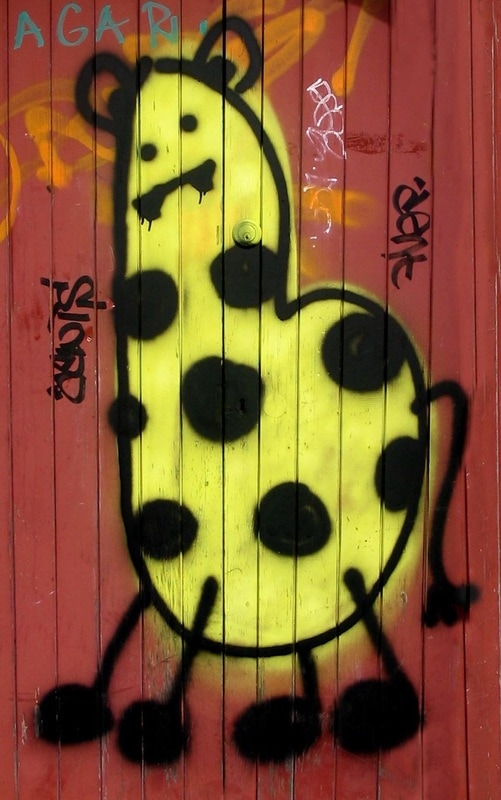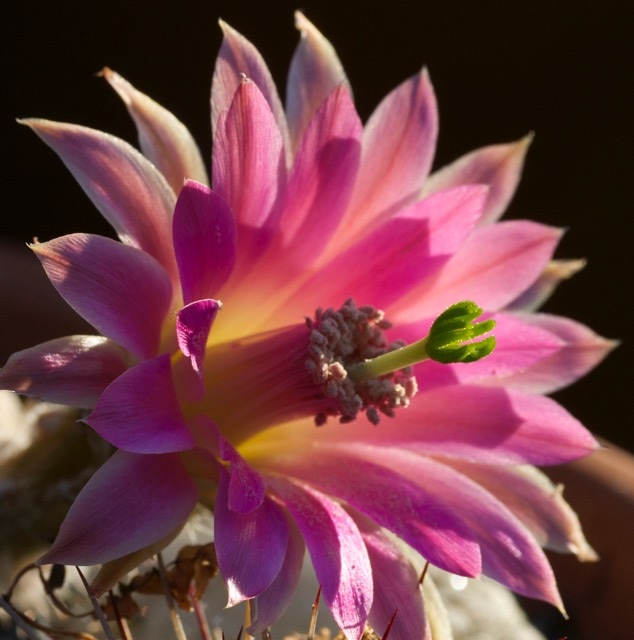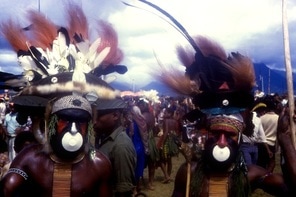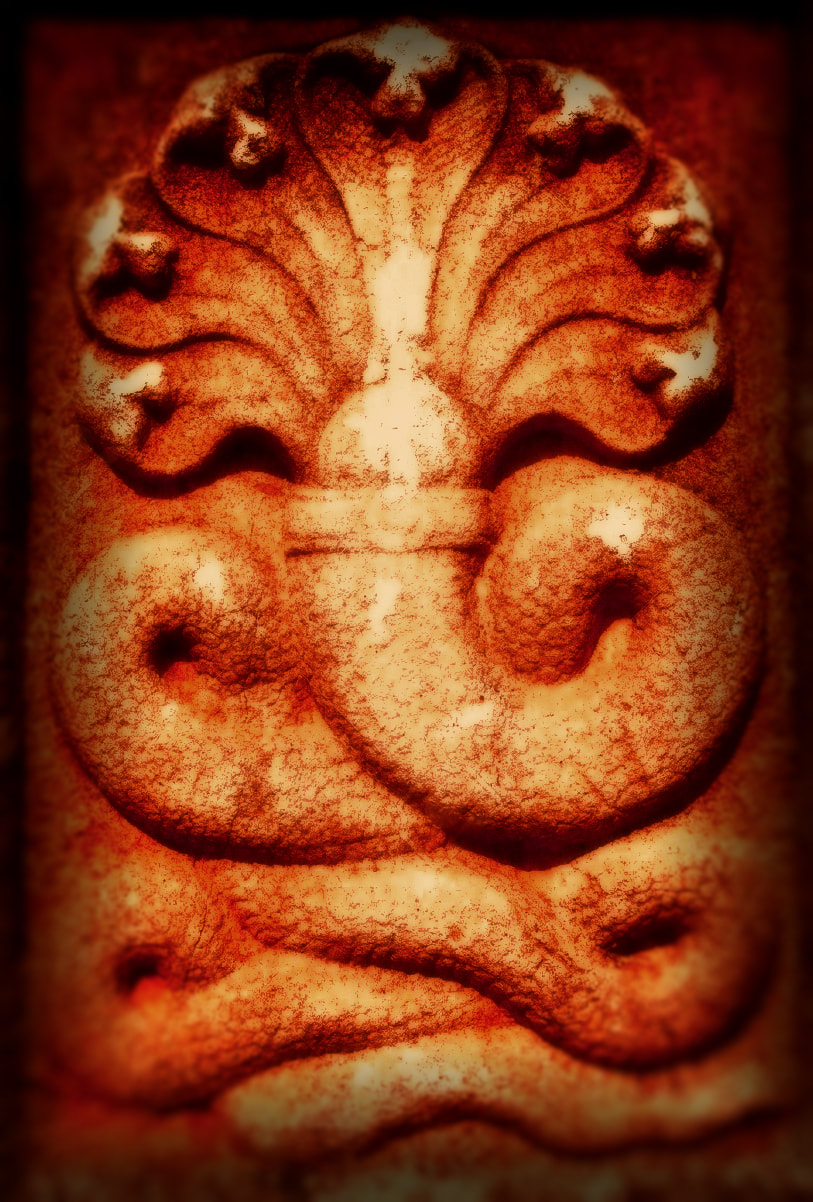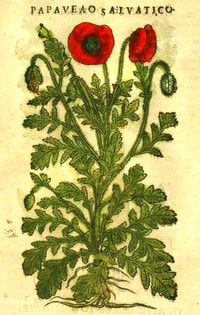| Two months of rain and low-slung, claustrophobic cloud have sealed off the sky and turned our harbour basin sodden. The pine needle paths slide greasily sideways underfoot. Pin-shanked mushrooms open their pallid parasols over the dead wood they're consuming. Blackbirds tilt and sag upon the steaming grass when the sun drops a hot golden concession to the season through the clouds. The new roses that we planted last year are raising tendrils that seem too sappy and slender to bear their long-anticipated fruit. The Lovely R goes forth with camera, braving cold dumps of condensation from the birch and hornbeam and the sensation of the wet ground leaking through the arse of his pants as he documents the emerging garden. I'm glad, because I don't have to. His commentary is at the end of this post. |
Technical notes: R used a Panasonic GH1 body with two old macro lenses, the Tokina 90mm AT-X and the Vivitar 55mm, plus a more modern Panasonic 45-150 with an Achromat close up lens attached. Most of these pics are pretty much straight from the camera.
I try to be really patient, wait for the wind to absolutely settle and keep one eye on the background elements, even when using a narrow focal plane. The wrong blobs in the wrong place can really sink an otherwise great pic. Watch out for human and pet hairs and stray spider web on your carefully-chosen subjects. They are everywhere.
I typically use settings between 5.6 and f8, which is pretty par for the course in macro (small scale) work. Both of these old manual lenses show nice out of focus (bokeh) characteristics. Some lenses really are better at these sort of liquid backgrounds than others and it's worth investing in them if you're interested in this look. The Tokina in particular is famous in this respect, to the extent that it's called 'the Bokina'. I don't advocate expensive gear and this lens is pretty pricey at $3-500 depending on the mount but you can still get lucky online and it's one of the few pieces worth forking out for. The Vivitar 55mm is easier to find and this combination goes for around $200 in NZ, depending on the mount. It was made circa 1978 by Tomioka, a renowned Japanese manufacturer. They were distributed under different branding; the Vivitar is a common version. "


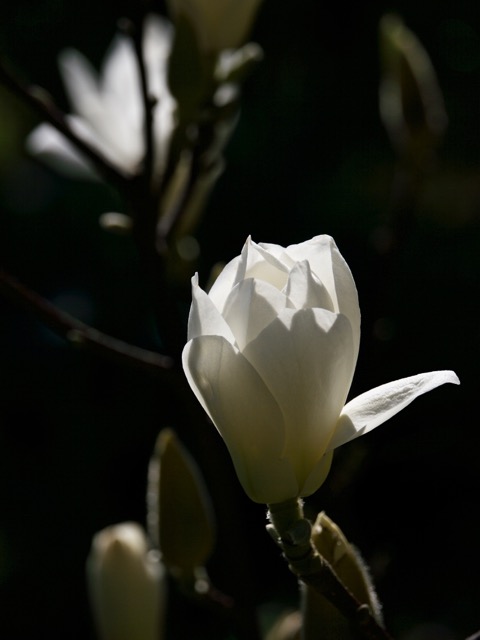
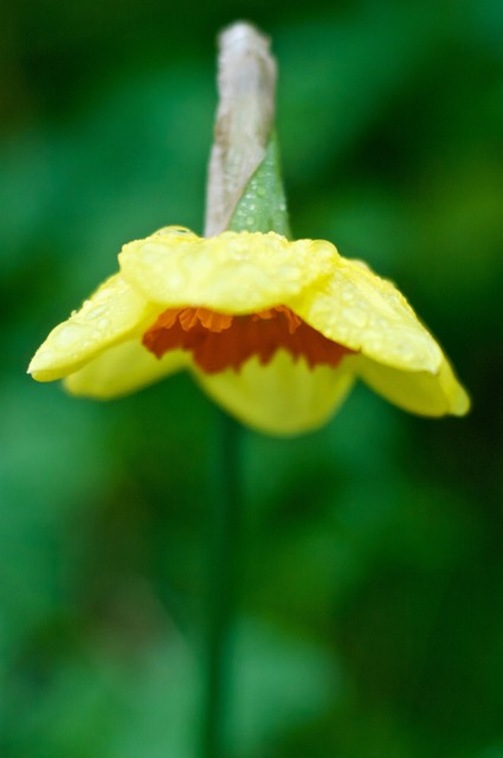

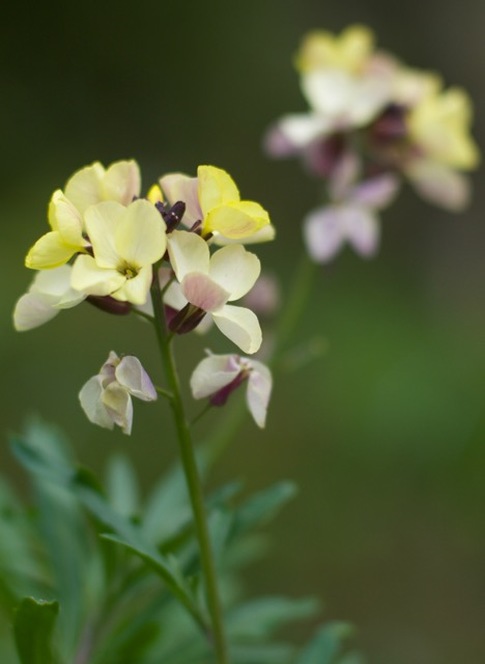


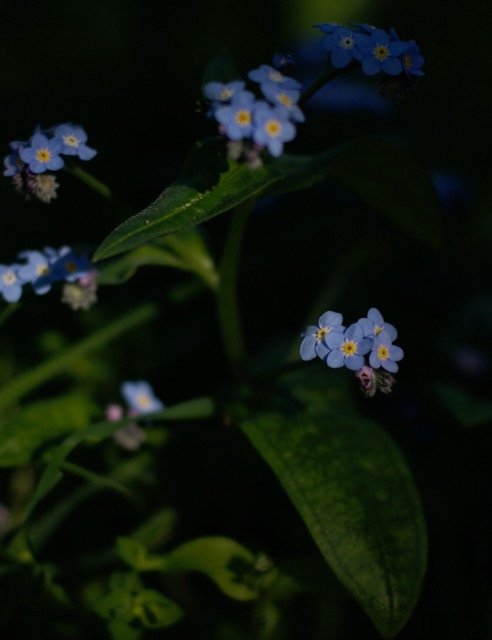



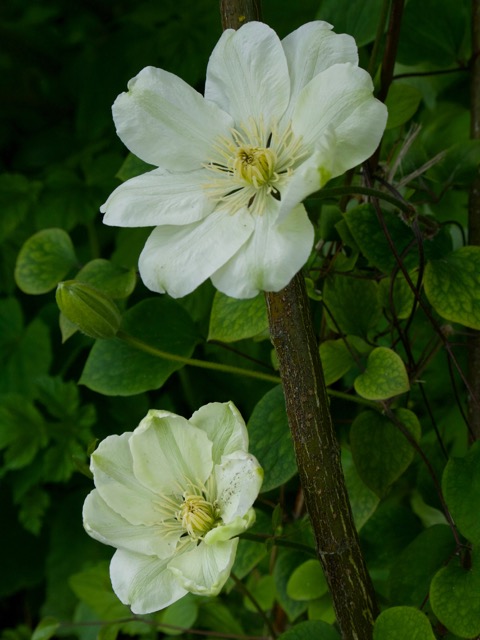


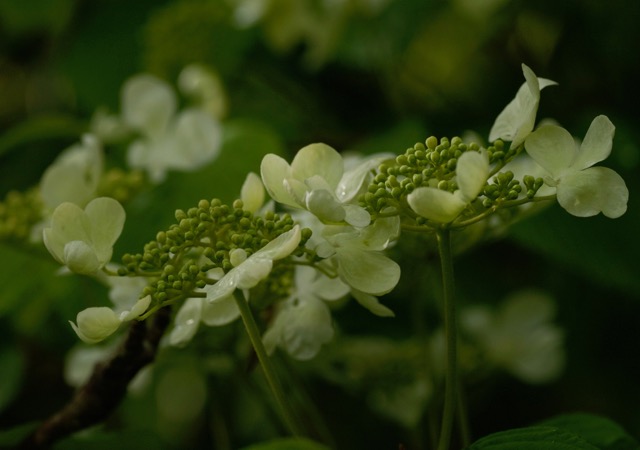


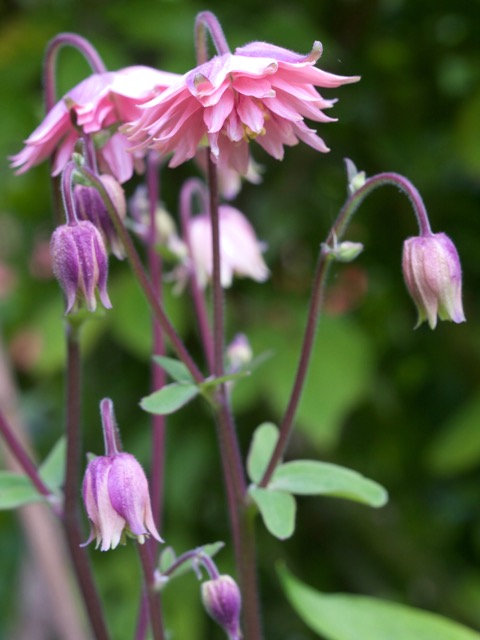

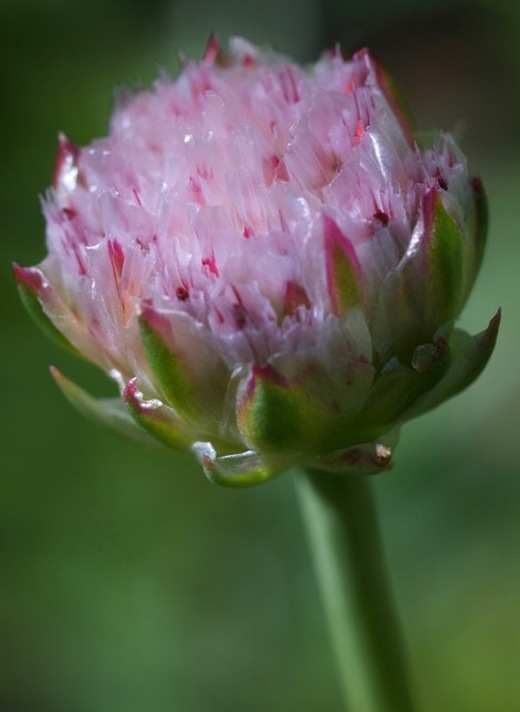
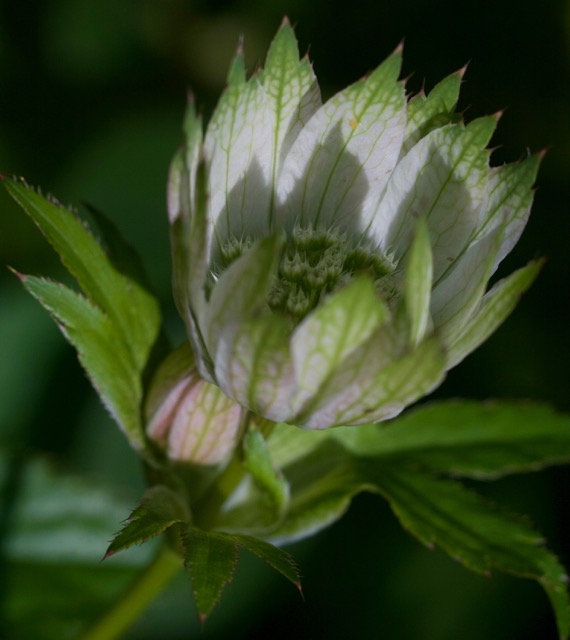
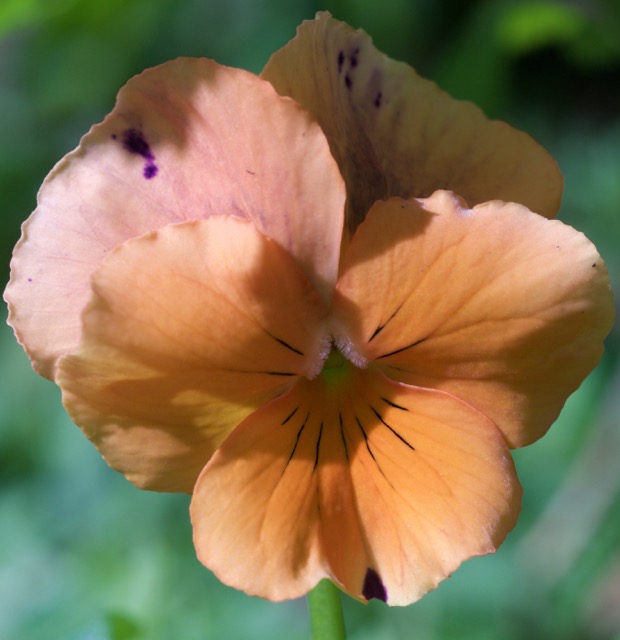
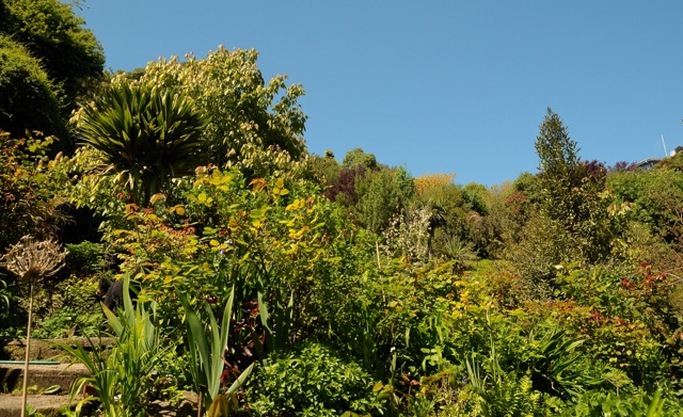
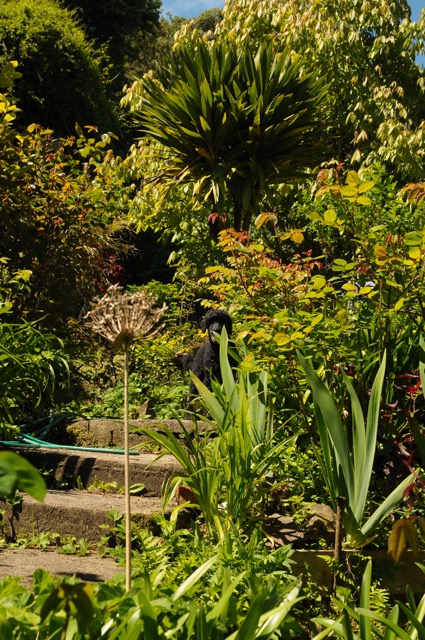



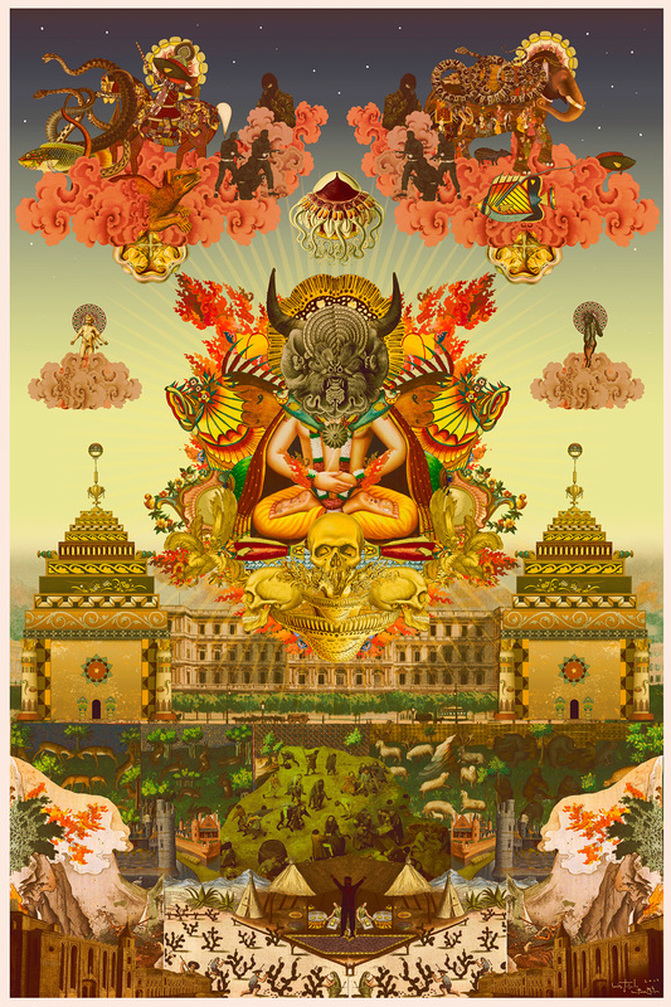

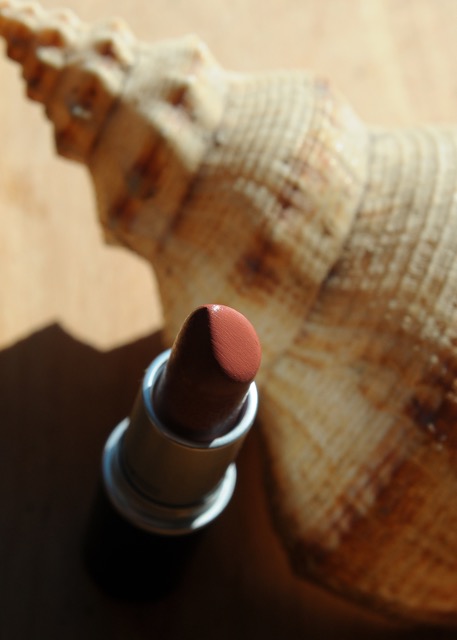


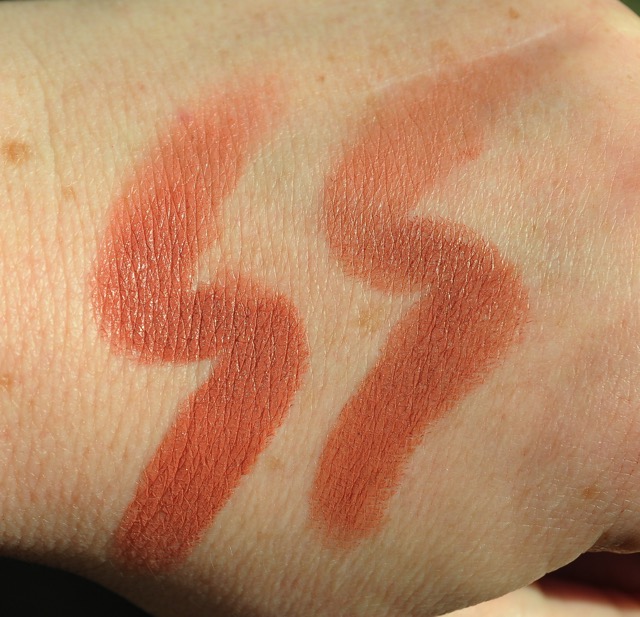
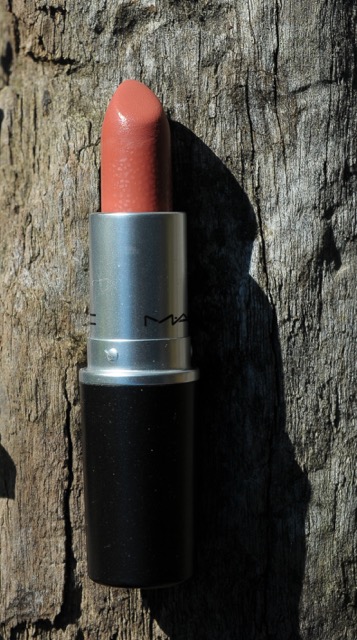



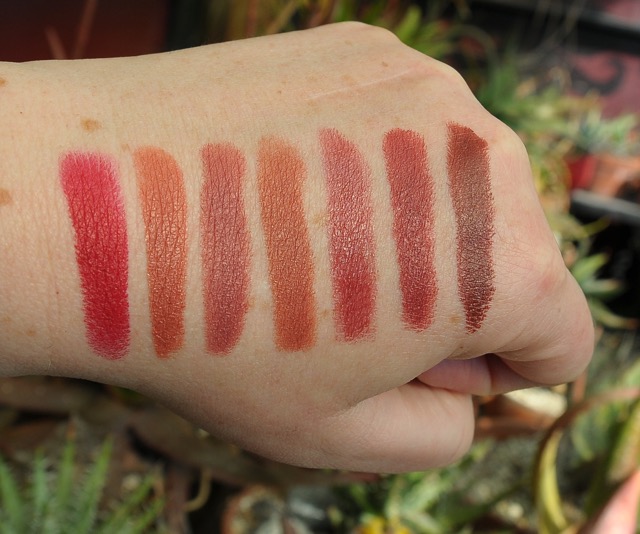
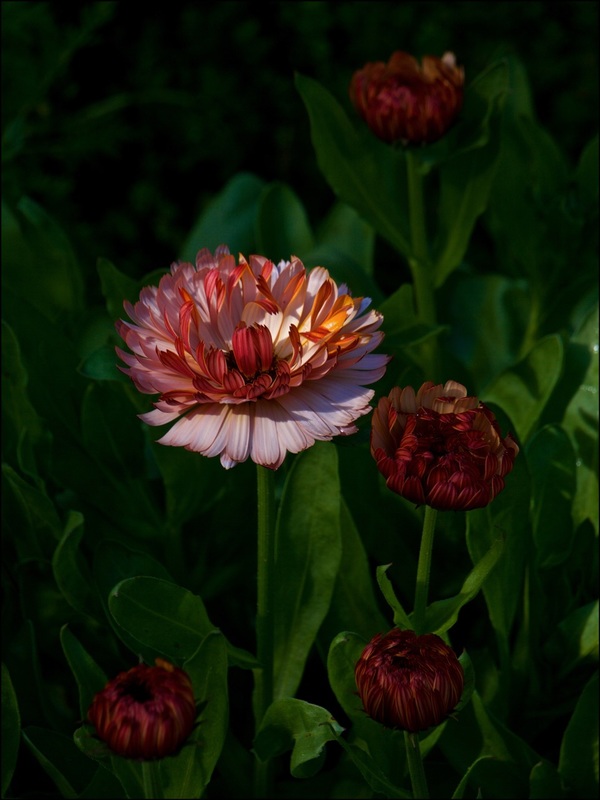




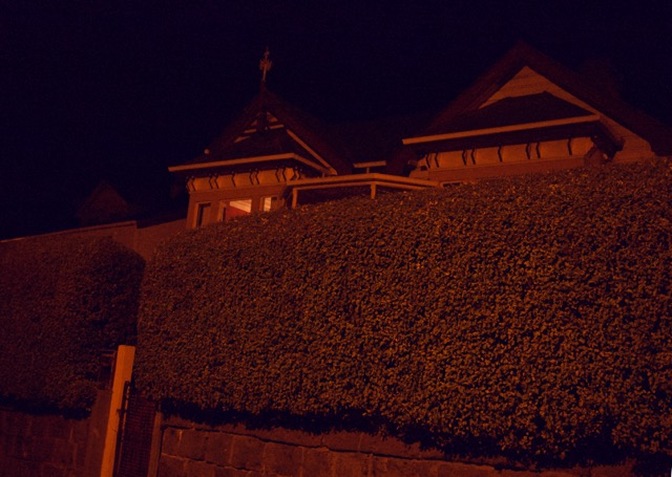

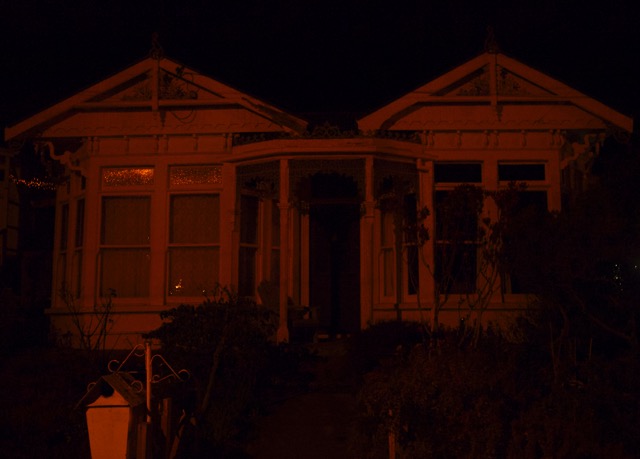
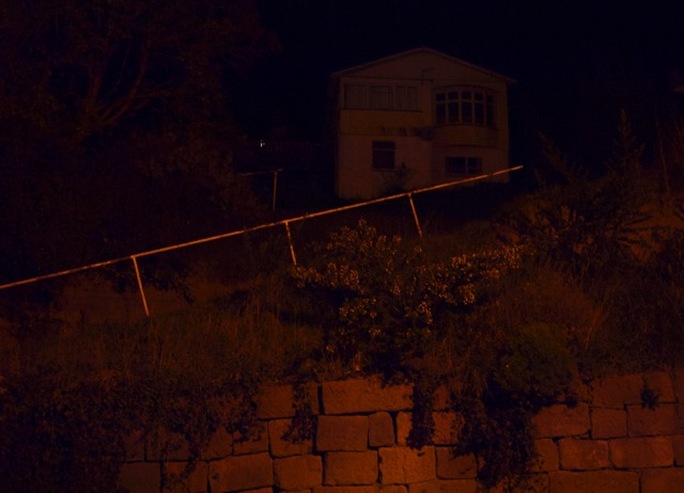

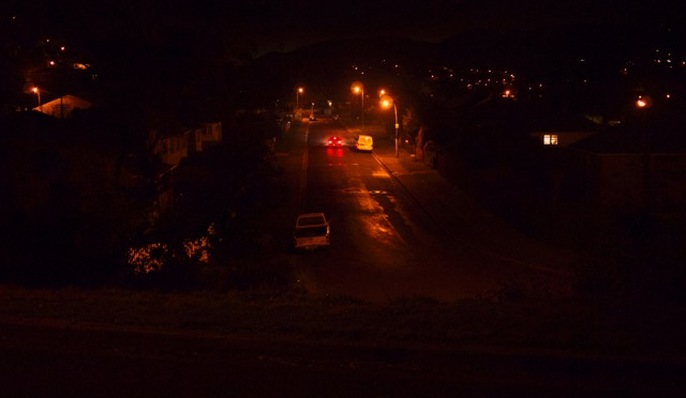

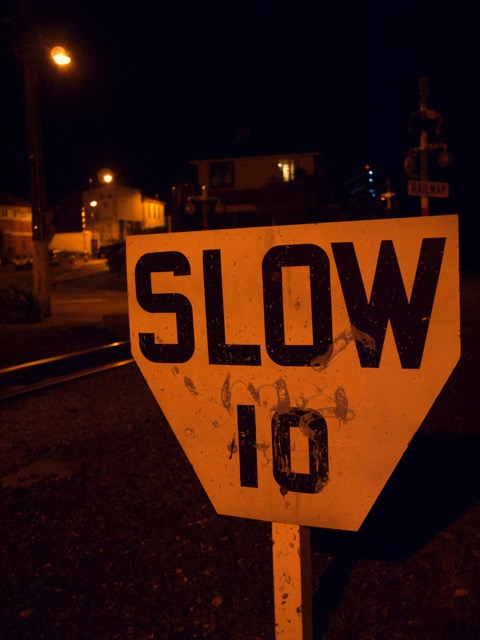
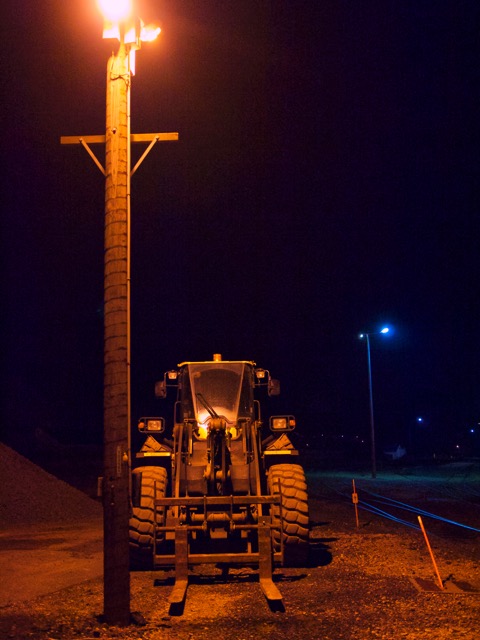
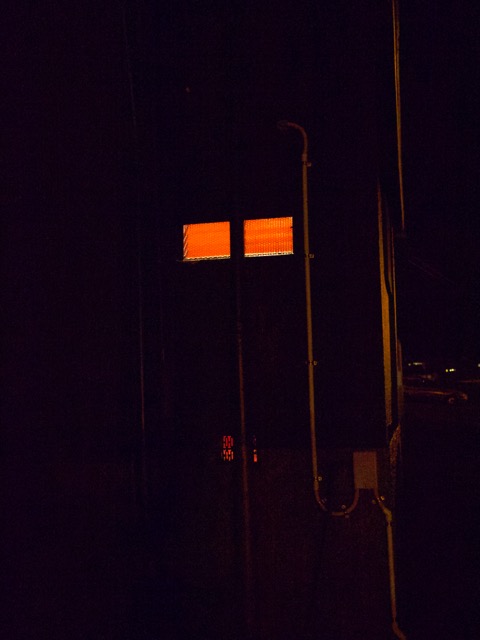
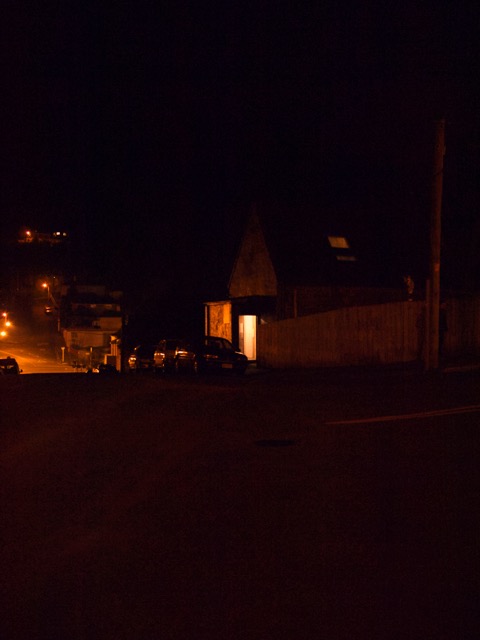
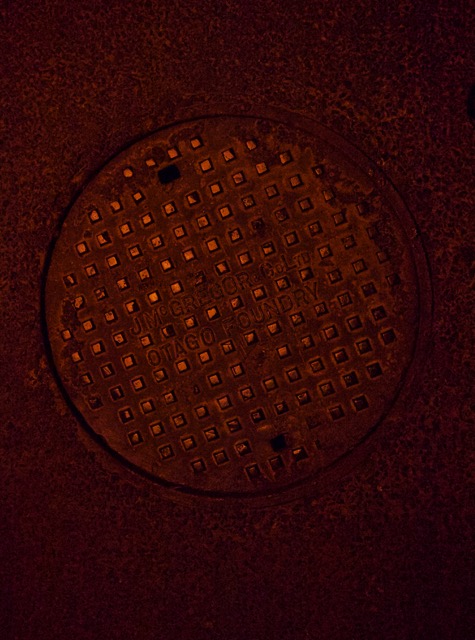
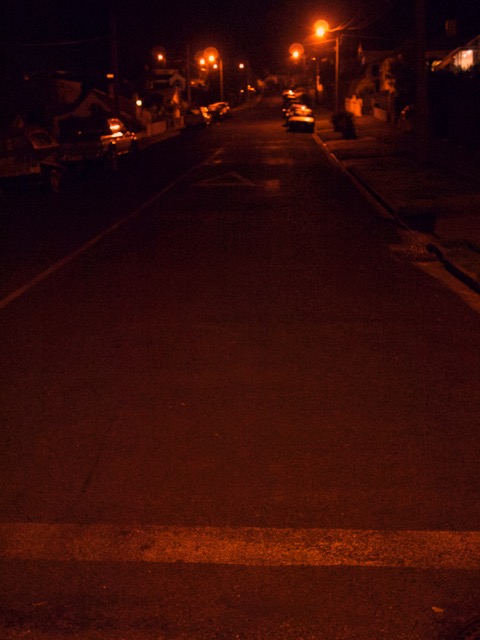
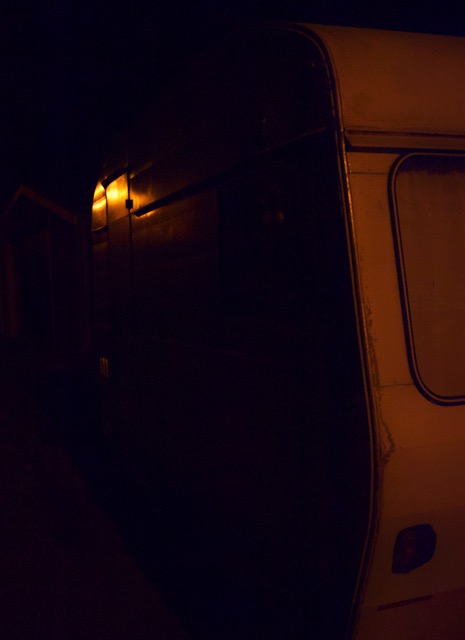
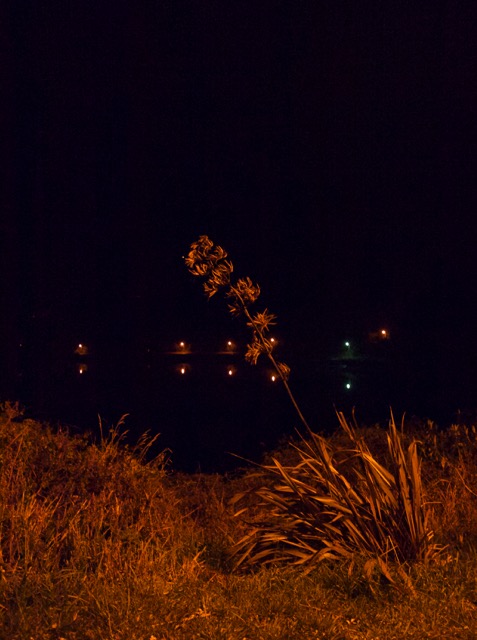



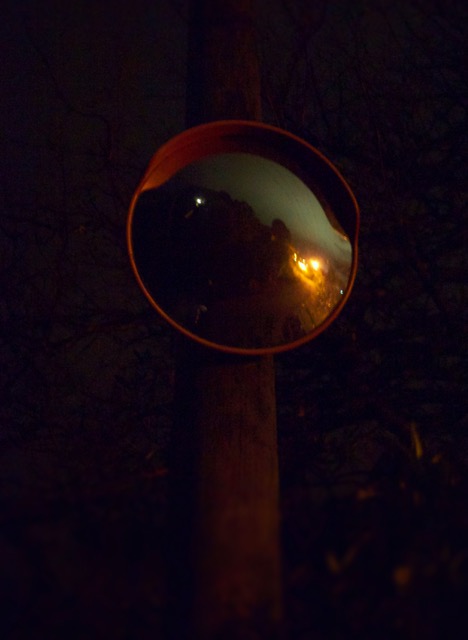
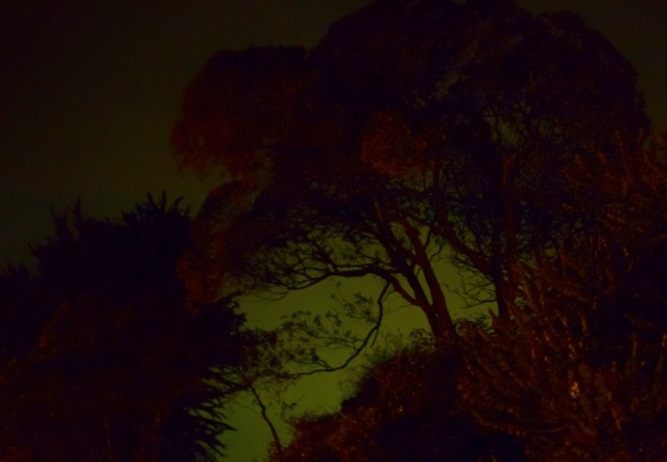

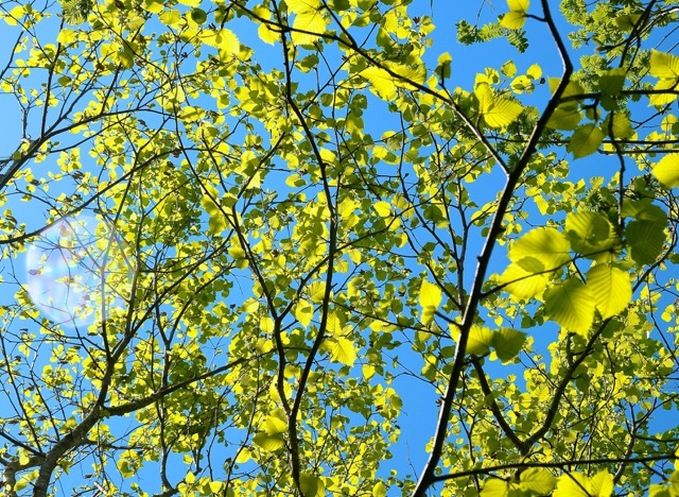



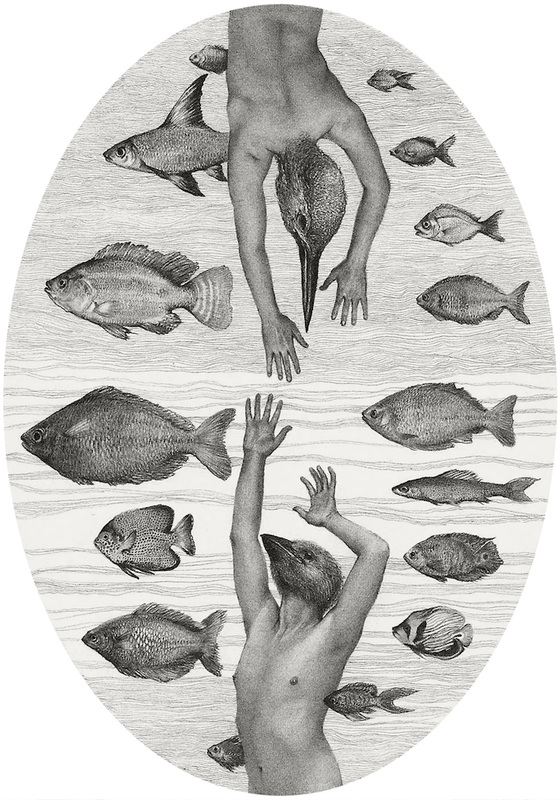
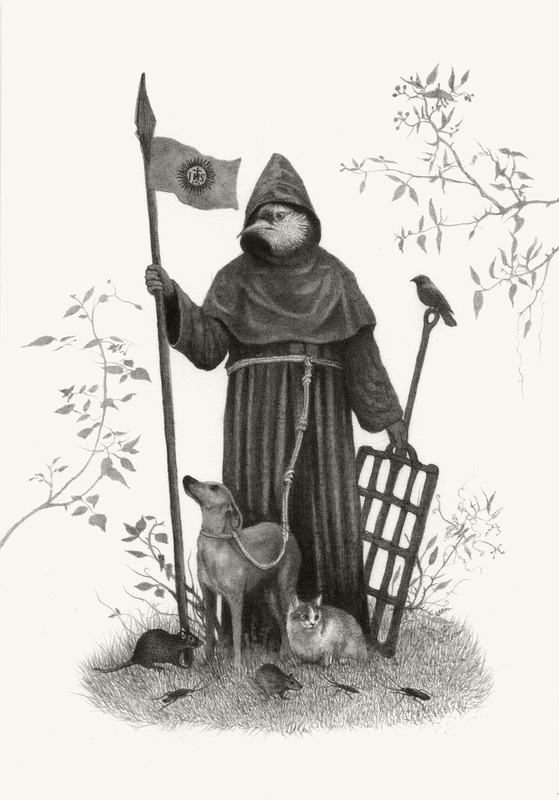



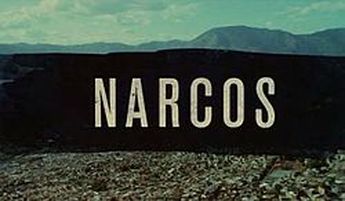




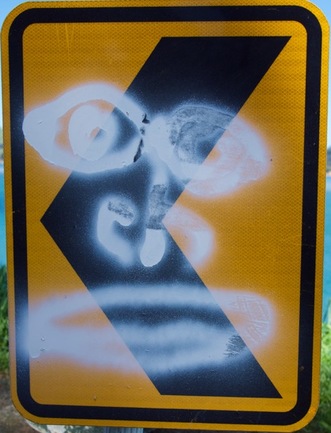
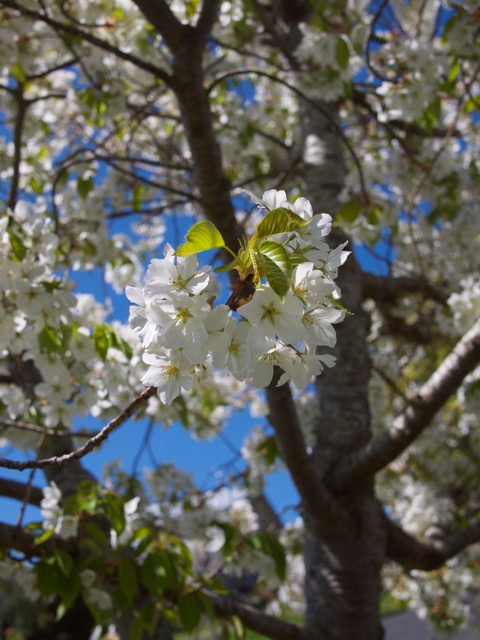
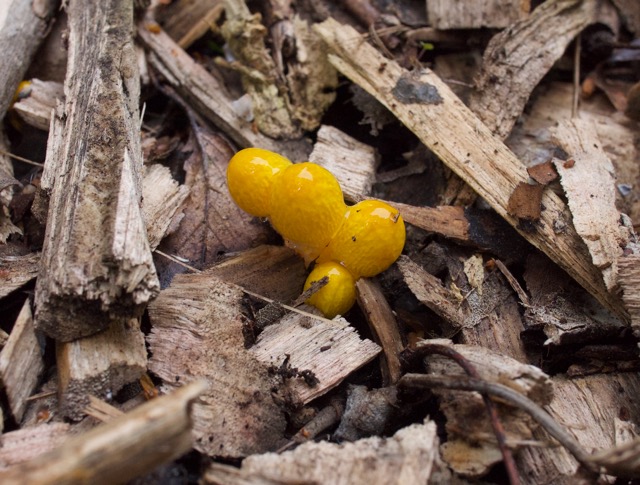






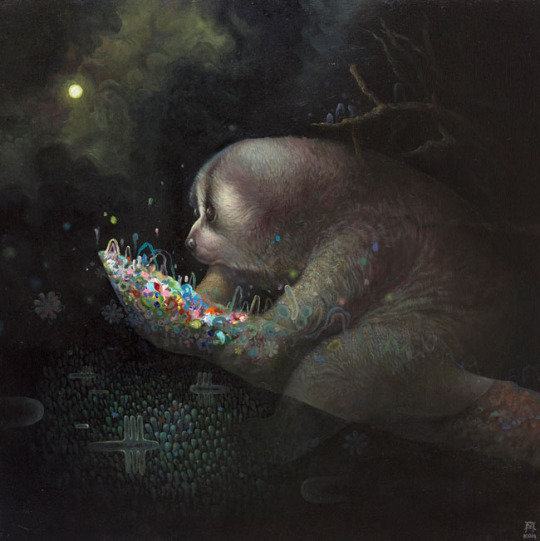

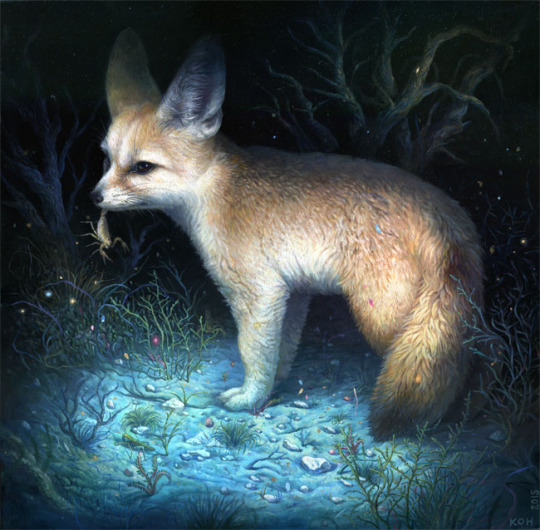

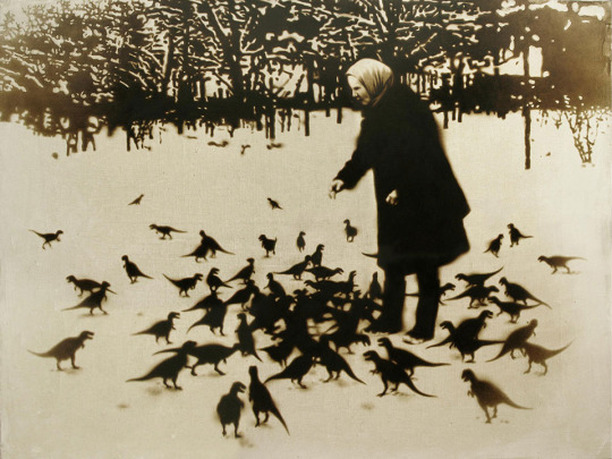

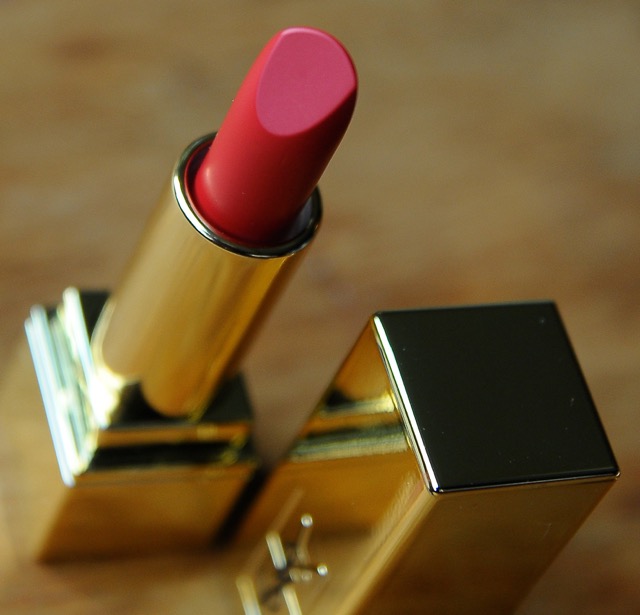
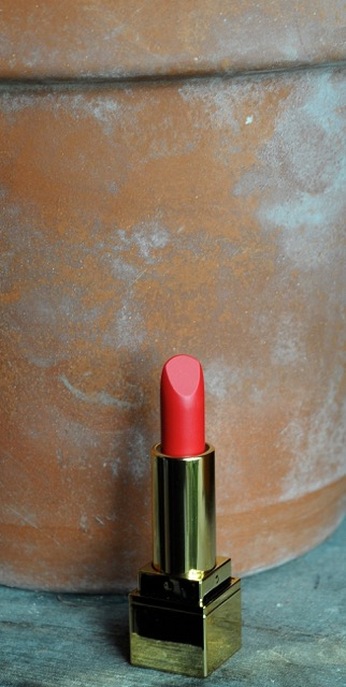

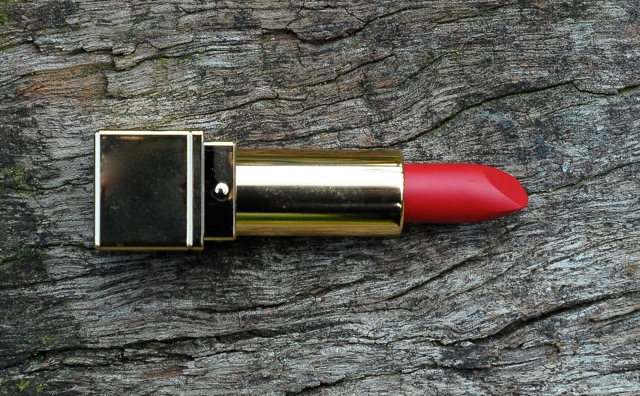




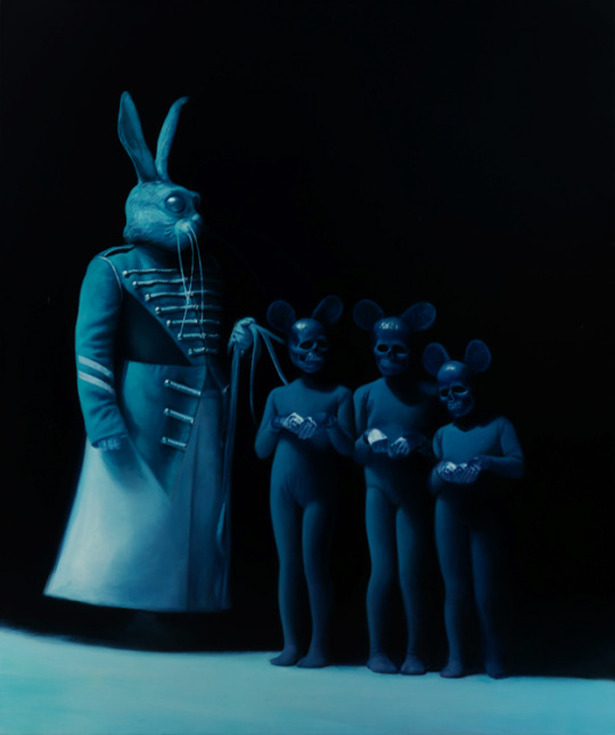
 RSS Feed
RSS Feed

